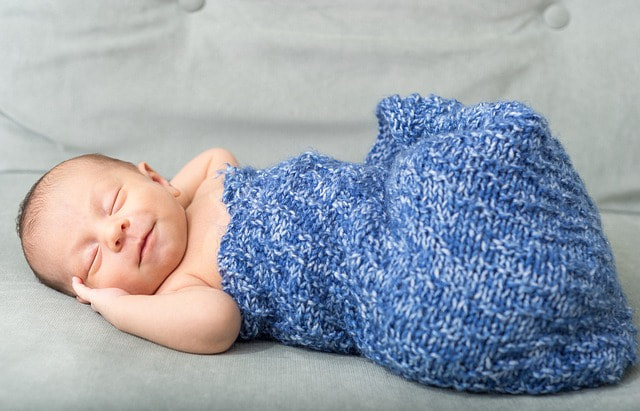Children with ADHD have special difficulty with making successful transitions including going to sleep and waking up that result in family conflict.
Problems begin in the early evening when the activity level starts to wind down. Anxiety around going to bed starts to cook resulting in defiance, avoidance, oppositionality and increased aggression. These behaviors aren’t exactly suited to achieving the calmness necessary for sleep.
Their hyperactive, "busy brains" don’t let them fall asleep. Sleep deprivation affects all aspects of life, so achieving sound sleep is critical.
Having a hot bath increases core body temperature, triggering an ancient signal for sleep. How does it work?
- You feel lazy when you're warm because your body fights against the higher temperature outside (in the warm water) in order to prevent itself from overheating.
- Your body expands blood vessels to carry more blood to the skin to help you cool off.
- Expanded blood vessels cause blood pressure to drop leading to lower oxygen levels in the blood which causes fatigue.
When you fall asleep, your body's temperature naturally begins to drop by 1 to 2 degrees in order to conserve energy.
If your environment is too warm or cool, your body will struggle to achieve the optimal temperature for sleep which can make you restless, have difficulty falling asleep or have "fragmented sleep" (waking, sleep, waking, sleep).
The ideal room temperature for optimal sleep should be between 60 and 67 degrees Fahrenheit.
Afternoon and early evening diet should be low in sugar to reduce physical activity. Establish a low-key, soothing routine and stick to it. Consistency is important. Limit beverages to avoid those endless requests for bathroom visits.
Talk with your pediatrician about medical management if the situation warrants. There are some very mild medications to help children achieve sleep without making them groggy.
The more you know, the smoother it will go, Claudia
Join me on Facebook at Dr. Claudia McCulloch



